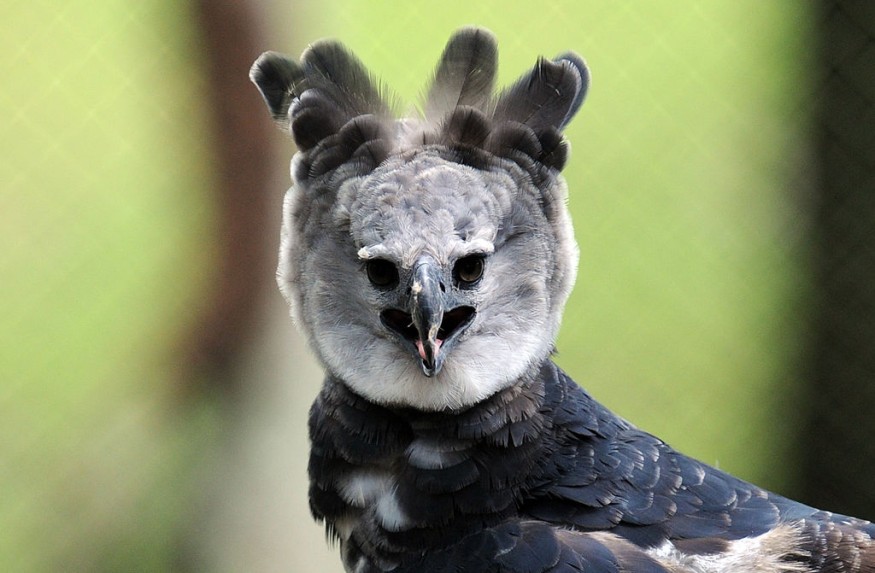A new study recently revealed that the world's largest eagles are struggling to feed offspring in heavily deforested sites of the Amazon.
A SciTechDaily report specified that Harpy eagles or Harpia harpyja, specifically, depending on particular prey that lives in canopy forests, including sloths and monkeys.
Everton Miranda, together with her colleagues, discovered that eaglets starved in areas of high deforestation where canopy-based food was limited.
The researchers observed prey species, how often prey was delivered, and approximated the weight of prey in 16 harpy eagle nests in Amazonian forests in Mato Grosso, Brazil, through the use of cameras and identifying fragments of prey bones.

Over 70 Percent Deforestation
In their study, "Tropical deforestation induces thresholds of reproductive viability and habitat suitability in Earth's largest eagles," published in Scientific Reports, the researchers referenced to maps and Google Earth to compute deforestation levels, three to six kilometers around nests.
As a result, they were able to identify 306 prey items, almost 50 percent of which were two-toed sloths, grey wooly monkeys, and brown capuchin monkeys.
In addition, the observations of the authors specified that harpy eagles in deforested areas did not switch to substitute prey and delivered canopy-based prey less often and with smaller calculated weight.
In landscapes that have 50 to 70 percent deforestation, three eaglets died from starvation. More so, no nests were found in sites that have deforestation more than 70 percent.
Drop in Numbers of Breeding Pairs
The study investigators computed the areas with more than 50 percent deforestation are unfit for happy eagles to successfully raise offspring.
They estimated, too, that roughly 35 percent of northern Mato Grosso is unfit for breeding harpy eagles. This, as specified in the research, may have led to a decline in the numbers of breeding pairs by more than 3,200 since the mid-1980s.
The researchers concluded that as breeding harpy eagles depend on specific food and infrequently hunt in deforested sites, harpy eagle survival relies on forest conservation.
Harpy Eagles
The American Bird Conservancy describes the harpy eagle as the "largest, most powerful raptor in the Americas," even larger than the Golden Eagle.
Its name is derived from Greek mythology's harpies, monsters in a bird's form with a human face. This eagle species inspired the design of Fawkes the Phoenix in the famous Harry Potter movie and is Panama's national bird.
In addition, harpy eagles were once found from southern Mexico through Central and South America, but unfortunately, they have been extirpated from many places where they once appeared.
According to Bennett Hennessey, who directs the Brazil Conservation Program of the ABC, he has spoken with hunters who have killed harpy eagles out of curiosity.
He added, unlike many other huge raptors, harpy eagles usually sit on a perch and allow people to approach them. Sadly, they are not afraid of humans, and thus, they are easy to kill.
Harpy eagles are among the few day-hunting or diurnal raptors that have a facial disc, a characteristic they share with owls, like the Crested Owl, described in the eBird site.
With proportionately short wings and long tails, these eagle species can fly between branches and trees with astounding alertness in pursuit of their prey.
Related information is shown on WATOP's YouTube video below:
RELATED ARTICLE : Endangered Philippine Monkey-Eating Eagle Hatches Chick in Captivity
Check out more news and information on Animals in Science Times.












